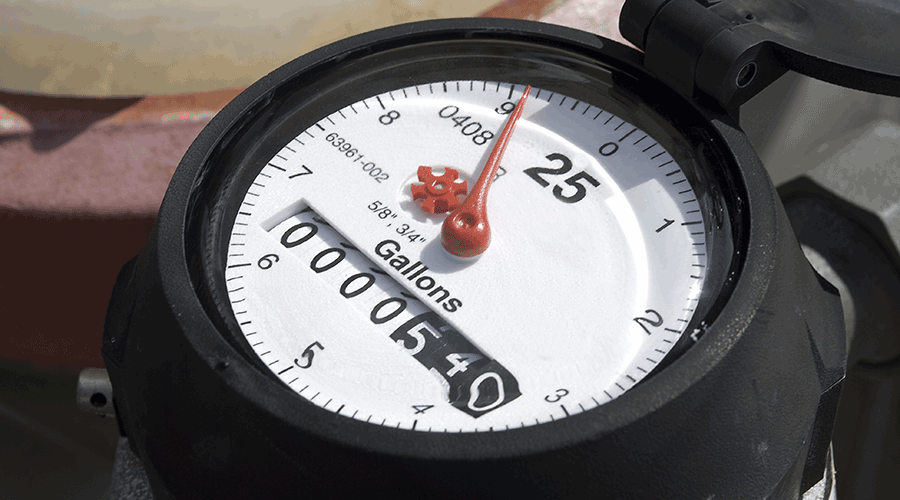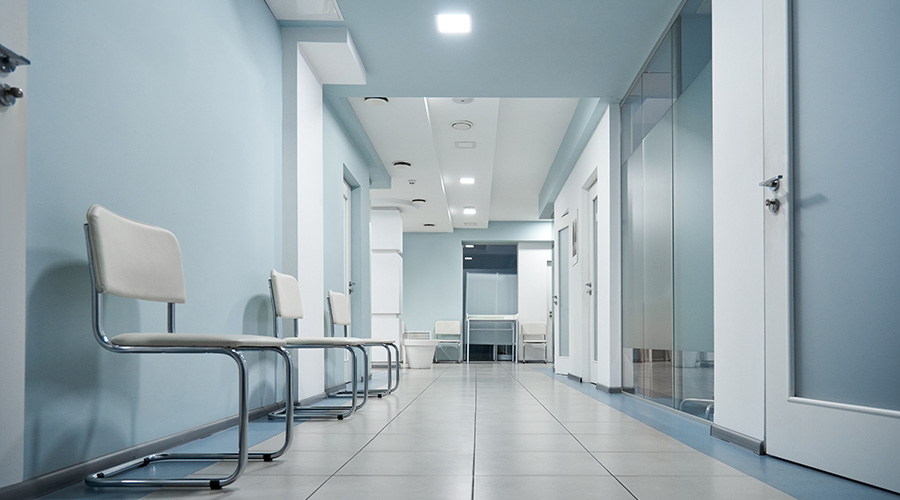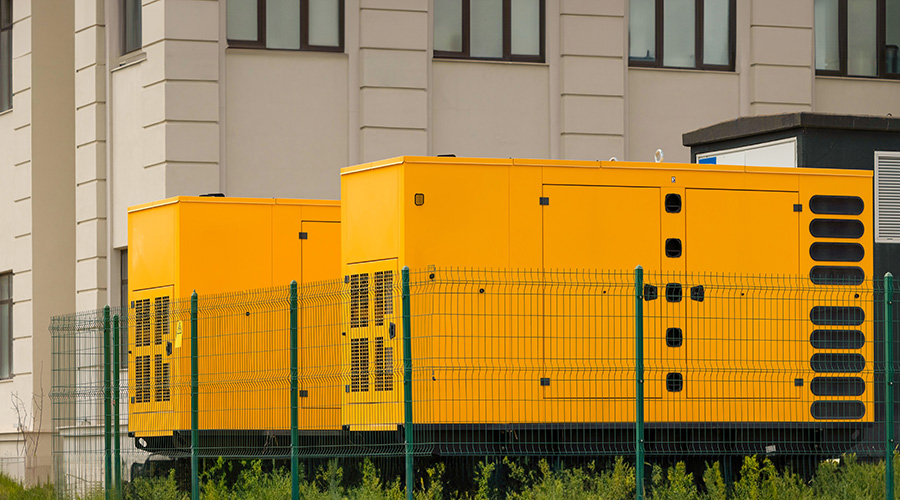Editor’s Note: This is part three of a three-part article. To read part two and part one, please click here.
Water use for hospitals and other healthcare facilities can vary widely depending on its size, geographical location and water use equipment and practices. Since healthcare facilities tend to use a large amount of water throughout a single day, an unforeseen water leak or inefficient equipment performance can result in high water bills and high usage rates.
There are now technologies within healthcare systems that help accurately track how water is being used. By utilizing a Building Automation System (BAS), managers can monitor and trend control points such as water capacity and flow, water temperature and water pressure across all equipment and systems that use water in their operations. Tracking this information and reviewing trend data allows for an accurate representation on how much water is being consumed by the facility on a daily, weekly, monthly or yearly basis. This data can also be used to identify anomalies within the system, isolate them and remedy any deficiencies.
“In general, mapping the water usage at a site will help with understanding the potential areas of stagnation within it,” says Conrad. “This, in turn, will help with maintaining a quality water system. These low-use areas can be tracked with the addition of water meters to the plumbing system or something as simple as a usage log sheet next to a fixture.”
Managers can also set parameter limits within a system’s sequence of operations that allow for alarms and faults to be generated at the BAS alerting teams to potential issues. When alarms or faults are generated, automatic, controlled shutdowns can occur in order to reduce the risk of further damaging systems or equipment, enabling managers to troubleshoot and fix any issues as they arise.
“Water usage and sustainability goals often come into discussions because while organizations understand that they must ensure that the water is safe and high quality for their goals, they also are often pushed to reduce water use,” says Cain. “We highly advise our clients to evaluate their options relative to their water management program, goals and criteria. So, if we say in the water management program that we are going to validate the water system is safe by testing for various bacteria, as well as testing for disinfectant levels at the end fixtures, then we would want to continue doing that where we find areas that there’s an excess of usage going on.”
Currently, water in hospitals and other healthcare facilities comprise 10 percent of the total water usage in commercial and institution facilities across the country. There has been a lot of pressure and focus to conserve water and energy globally, especially in healthcare facilities. It is important that facilities managers approach these goals holistically and balance conservation with the elements that are required to ensure a safe, productive facility. Many healthcare facilities have started taking the steps to be more sustainable and are receiving LEED certifications in the process.
Facilities managers can benefit from employing water-efficient practices through operational improvements and upgraded equipment, resulting in lowering operating costs for their facilities.
There are steps that managers can take to reduce their overall water usage. These include:
- Increasing employee, patient and visitor awareness of water conservation goals
- Repair leaks and unnecessary flows within the water system
- Wash full dish loads only
- Wash full laundry loads only
- Reprogram washing machines to remove additional rinse cycles
- Reduce the frequency and duration a hospital may irrigate its grounds
- Retrofitting toilets with water displacement devices and water-saving diaphragms or upgrading to low-flow models
- Install showers and sinks with flow reducers, aerators, and automatic shutoff valves or motion sensor-activated faucets
- Fit the water system piping with pressure-reducing valves
“By reducing the overall water pressure of facility water systems, facility managers can conserve water and place less wear and tear on plumbing equipment and fixtures,” Albrecht says. “Although these changes may seem small, many small changes can have a large impact on the overall water usage of these facilities.”
Mackenna Moralez is the associate editor for the facilities market.

 How Health Systems Are Rethinking Facilities Amid Margin Pressure
How Health Systems Are Rethinking Facilities Amid Margin Pressure Ground Broken on New Medical Office Building in Scottsdale, AZ
Ground Broken on New Medical Office Building in Scottsdale, AZ University of Texas Gifted $100M for New Medical Center
University of Texas Gifted $100M for New Medical Center Beyond Backup Generators: Building Layered Energy Resilience
Beyond Backup Generators: Building Layered Energy Resilience Shannon Health System to Acquire Scenic Mountain Medical Center
Shannon Health System to Acquire Scenic Mountain Medical Center